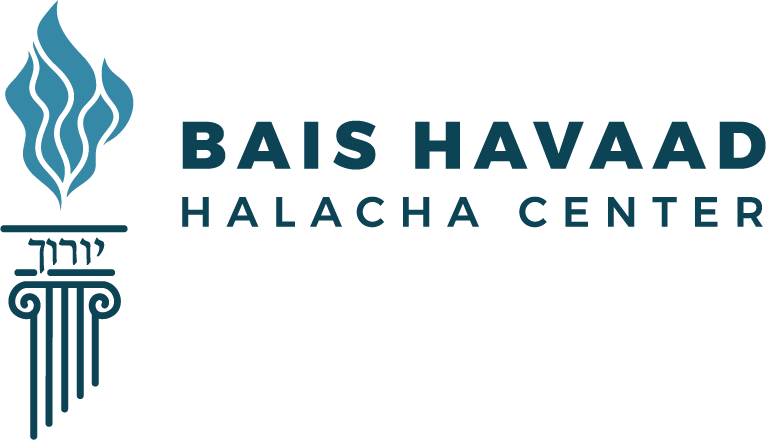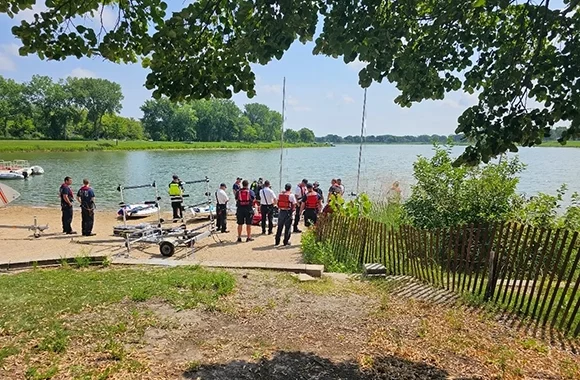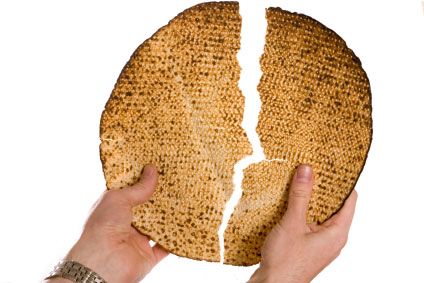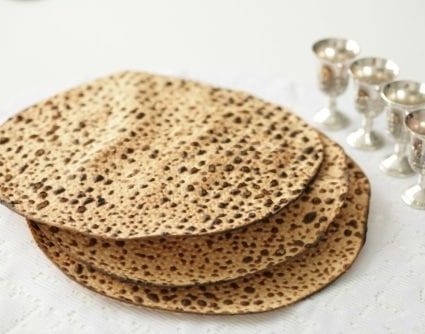Adapted from the writings of Dayan Yitzhak Grossman April 18, 2024 AP News reports: A…
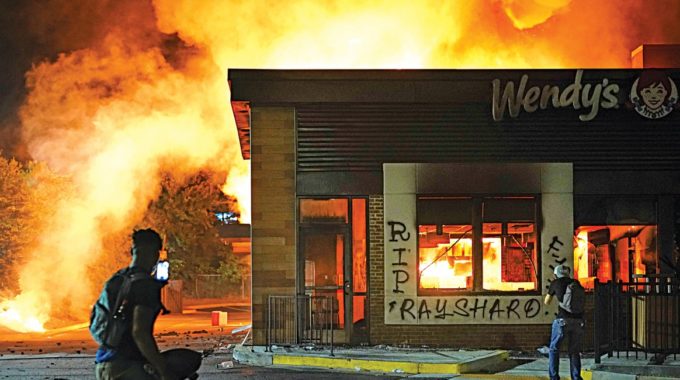
The Prevent Defense: In Search of a Clean Shoot
Was the Rayshard Brooks shooting justified?
Adapted from the writings of Dayan Yitzhak Grossman
July 16, 2020
Last week’s article on the fatal shooting of Rayshard Brooks by Atlanta police officer Garrett Rolfe discussed the self-defense defense—the law of rodef, which allows the killing of one who is endangering another’s life. Here we consider some other possible defenses of the killing.
Self-defense against nonlethal assault
We pointed out last week that being struck by a Taser is rarely lethal. It is, however, widely reported to be extremely painful. Nevertheless, this would not seem to justify killing to thwart a Taser attack. While it is not entirely clear whether the permissibility of killing a rodef extends to someone threatening nonlethal injury or pain,[1] the Rambam’s language is virtually explicit that lethality is the sine qua non of a rodef,[2] and there are various indirect indications that poskim generally take this for granted:
- There is great controversy over whether abortion is permitted where the pregnancy does not threaten the life of the mother but does cause her severe suffering; many poskim forbid it, and even those who permit it do not simply apply the law of rodef but cite other considerations.[3] (This argument can be countered with the observation that a fetus is not considered a typical rodef, which is clear from the fact that it may not be killed once it has crowned, even to save the mother’s life.[4])
- The Minchas Chinuch is unsure whether someone attempting a form of murder not punishable by death (such as homicide by indirect means[5]) may be killed as a rodef,[6] and the infliction of injury or pain is certainly not punishable by death. The Minchas Chinuch does entertain the possibility that the law of rodef extends to any situation involving the level of danger to life for which we would desecrate Shabbos, even in the absence of a crime punishable by death.[7] But even this position would not be grounds for extending the category of rodef to someone threatening nonlethal injury or pain, since normative halacha prohibits the desecration of Shabbos (at least with respect to a Biblical prohibition) for the purpose of avoiding nonlethal harm.[8]
- The status of rodef does not generally apply to a rapist (as long as there is no ervah involved),[9] and so, a fortiori, it should not apply to someone threatening ordinary assault.
Law-enforcement latitude
The halacha grants the state and its agents very broad latitude to punish criminals, due to the critical need to preserve law and order; they may impose draconian (at least by modern standards) punishments going far beyond the Torah’s, and they are not bound by the Torah’s strict requirements of due process.[10] It can therefore perhaps be argued that if the law allows police officers to use lethal force in a given situation, even if this permission is an expanded right of self-defense rather than a form of punishment, it is permitted for them to do so regardless of whether this would otherwise be allowed by the Torah.
Some have argued that police doctrine would consider Brooks’s shooting “lawful but awful” since “officers are trained that they have the right to escalate their use of force if they believe someone is threatening to incapacitate them.” Others have gone even further and argued that the shooting was completely justified on the grounds that Brooks’s use of the Taser “could have immobilized the officer for several seconds, possibly allowing Brooks to steal the officer’s gun or seriously injure him.” If these assertions are correct as a matter of law (a question that is beyond the scope of this article), the shooting might consequently be legitimate according to halacha as well, even if the possibility of incapacitation would not be sufficient to give Brooks the status of rodef from a purely halachic perspective.
[1]R’ Moshe Yaakov Klein, She’eilas Hachaim (“first draft”), siman 38 osios 31-34, pp. 802-03.
[3]See the sources cited in Nishmas Avraham (Second Expanded Edition) Choshen Mishpat pp. 153-54.
[4]See Rambam ibid. 1:9 and the sources cited in the Sefer Hamafteiach of the Frankel edition; Shu”t Koach Shor siman 20 pp. 33a-b; Shu”t Imrei Shefer (Kalatzkin) siman 11 p. 9b; Shu”t Binyan Shlomo cheilek 2 C.M. siman 7 osios 1-5 pp. 419-24; Shu”t Tzitz Eliezer cheilek 9 siman 51 sha’ar 3 perek 1 and Shu”t Yabia Omer cheilek 4 E.H. siman 1.
[6]Minchas Chinuch mitzvah 600.
[7]The Or Sameiach ibid. 1:8 considers this broader interpretation of rodef to be obviously correct. He does not stipulate that the level of danger be sufficient to permit the desecration of Shabbos, but his argument hinges on the fact that the rodef is being killed “to save a Jewish life.”
A compelling argument for this broader interpretation of rodef can be made from the halacha that a moser may be preemptively killed to prevent mesirah, but not after the fact as punishment (see Shulchan Aruch C.M. 388:10-11), as explained by the Gra that the justification for killing a moser is that he is considered a rodef, but he is nevertheless not liable for the death penalty for murder after the fact, since his act is mere grama. (Biur HaGra ibid. s.k. 69, and cf. s.k. 74)
[8]Shulchan Aruch O.C. 328:17, and cf. Nishmas Avraham O.C. ibid. os 49 p. 455; Peninei Halacha Perek 28 (Choleh She’aino Mesukan) Siman 1 (Kelalei Hilchos Choleh) os 1 (Sakanas Eiver).
[9]This is strongly implied by the language of the Rambam ibid. 1:10-11. Cf. Chevel Nachalaso 16:55.
[10]See Bava Metzia 83b; Shu”t HaRashba cheilek 3 siman 393, cheilek 5 siman 238, and (most significantly) the responsum cited by Beis Yosef C.M. end of siman 388; Shu”t Maharam Shik C.M. siman 50; Shu”t Sheivet HaLevi cheilek 2 siman 58; R’ Asher Weiss, Mesirah Lashiltonos Shel Mi Shechashud Behisolelus Biladim, Yeshurun Vol. 15 pp. 656-58.
